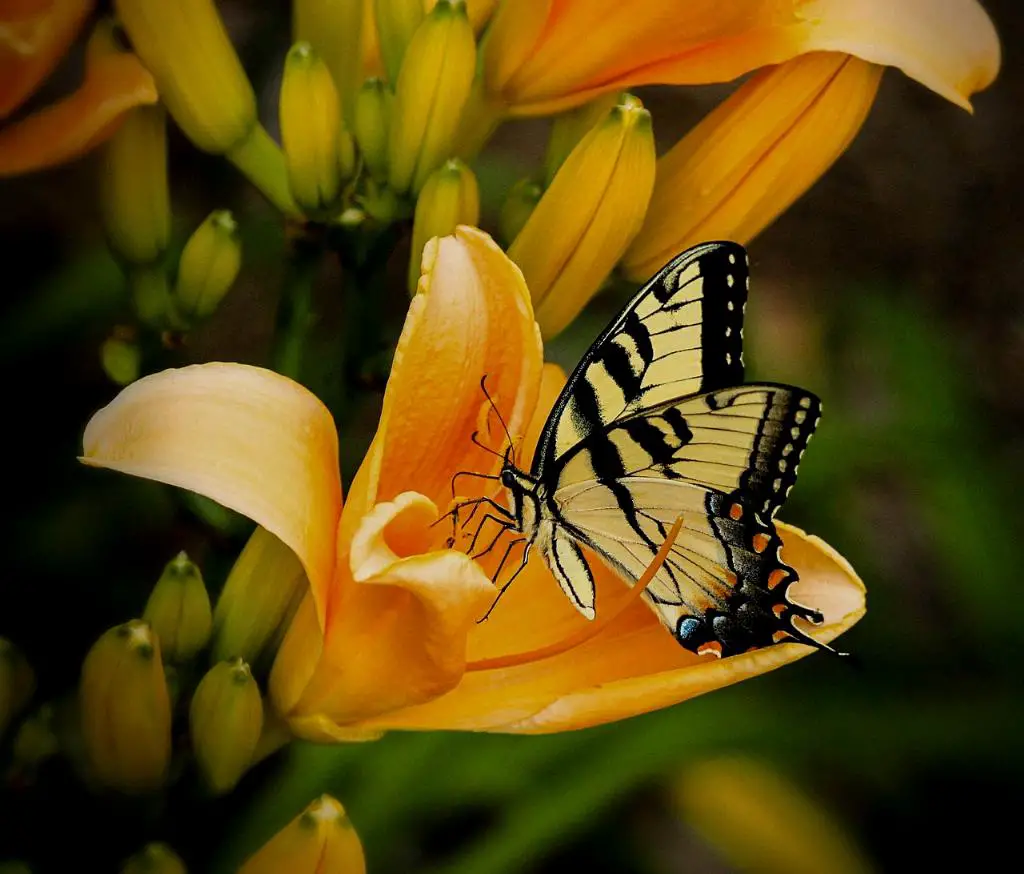Water lilies, the enchanting aquatic plants that grace the surface of ponds and water bodies, have a unique growth process that sets them apart from traditional land plants. These captivating flora grow from tubers or rhizomes, which are specialized structures that allow them to thrive in freshwater environments. Unlike plants that flourish in regular potting soil, water lilies require a different set-up to support their growth.
Specialized Growing Conditions
To cultivate water lilies successfully, it is crucial to provide them with the right growing conditions. These plants thrive in freshwater ponds or pots filled with aquatic potting mix. Additionally, they must be submerged in half-barrels, stock tanks, or tubs to create an environment that mimics their natural habitat. By recreating the ideal conditions, you can ensure that your water lilies flourish and bloom beautifully.
Distinctive Features of Water Lilies
One of the most striking characteristics of water lilies is their distinctive leaves, known as lily pads, which float gracefully on the surface of the water. These broad, flat leaves not only enhance the visual appeal of the plant but also play a crucial role in its growth and development. By harnessing sunlight and nutrients from the water, lily pads support the overall health of the water lily plant.
The Role of Tubers in Growth
At the heart of the growth process of water lilies are tubers or rhizomes, specialized structures that serve as the primary source of nutrients and energy for the plant. These underground structures play a vital role in the reproduction and propagation of water lilies, ensuring that new plants can emerge and thrive in their aquatic environment. By understanding the significance of tubers, you can appreciate the resilience and adaptability of water lilies.
Nurturing Water Lilies
Proper care and maintenance are essential for the successful growth of water lilies. By providing adequate sunlight, nutrients, and water, you can ensure that your plants receive the nourishment they need to thrive. Regular monitoring and maintenance are also key to preventing any potential issues that may arise, allowing you to enjoy healthy, vibrant water lilies in your pond or water feature.
Seasonal Considerations
As with many plants, water lilies have specific seasonal requirements that influence their growth patterns. Understanding how these plants respond to changes in temperature, daylight, and water quality can help you optimize their growth potential throughout the year. By being attuned to the seasonal rhythms of water lilies, you can create an environment that supports their natural life cycle.
Propagation Techniques
Propagating water lilies is a rewarding process that allows you to expand your collection and share the beauty of these plants with others. Whether through division of tubers, seed germination, or other methods, there are various techniques you can explore to propagate water lilies successfully. By delving into the world of propagation, you can deepen your understanding of these fascinating aquatic plants.
Enhancing Water Lily Growth
There are several ways to enhance the growth of water lilies and encourage them to reach their full potential. From incorporating fertilizer to managing pests and diseases effectively, taking proactive steps to support the health and vitality of your water lilies can make a significant difference in their overall growth and blooming. By adopting best practices and gardening techniques, you can create an optimal environment for your water lilies to thrive.
Artistic and Environmental Benefits
Water lilies offer not only aesthetic beauty but also environmental benefits that contribute to the well-being of aquatic ecosystems. Their presence in ponds and water bodies adds a touch of artistry and serenity to the surroundings, creating a peaceful and harmonious atmosphere. Additionally, water lilies play a role in oxygenation and filtration, enhancing the overall health of the aquatic environment.
Cultural Significance
Throughout history, water lilies have held cultural significance in various societies and traditions around the world. From symbolism in art and literature to spiritual associations in religious practices, these aquatic plants have captured the imagination of people across different cultures. By exploring the cultural richness and symbolism of water lilies, you can deepen your appreciation for their beauty and meaning.
Personal Reflections on Water Lilies
Water lilies evoke a sense of tranquility and wonder that transcends their physical beauty. As I reflect on the growth and symbolism of these captivating plants, I am reminded of the interconnectedness of nature and the importance of nurturing life in all its forms. In cultivating water lilies, we not only cultivate our gardens but also our spirits, connecting with the rhythms of the natural world and finding solace in its enduring beauty.

Celebrating the Beauty of Water Lilies
In conclusion, the growth of water lilies is a testament to the resilience, adaptability, and beauty of these remarkable aquatic plants. By understanding the unique characteristics, growing requirements, and cultural significance of water lilies, we can deepen our appreciation for their presence in our lives and environments. So, let us celebrate the beauty of water lilies and continue to nurture and cherish these exquisite plants for generations to come.
